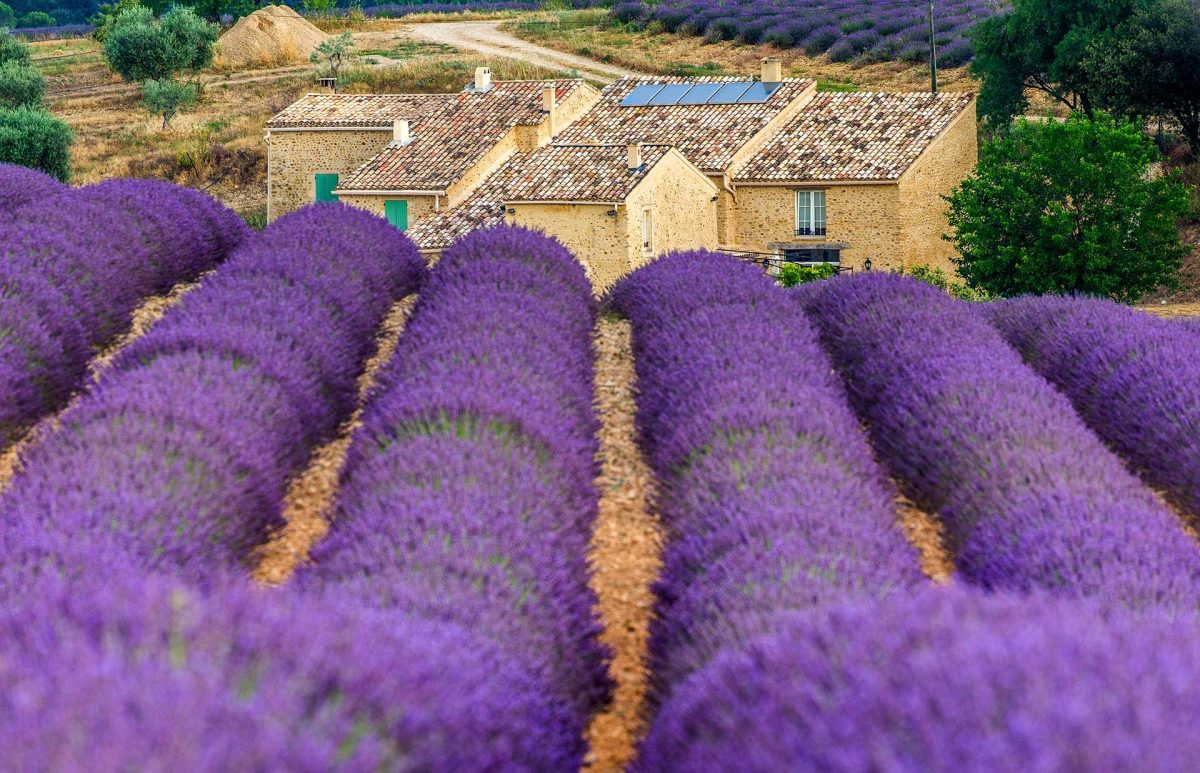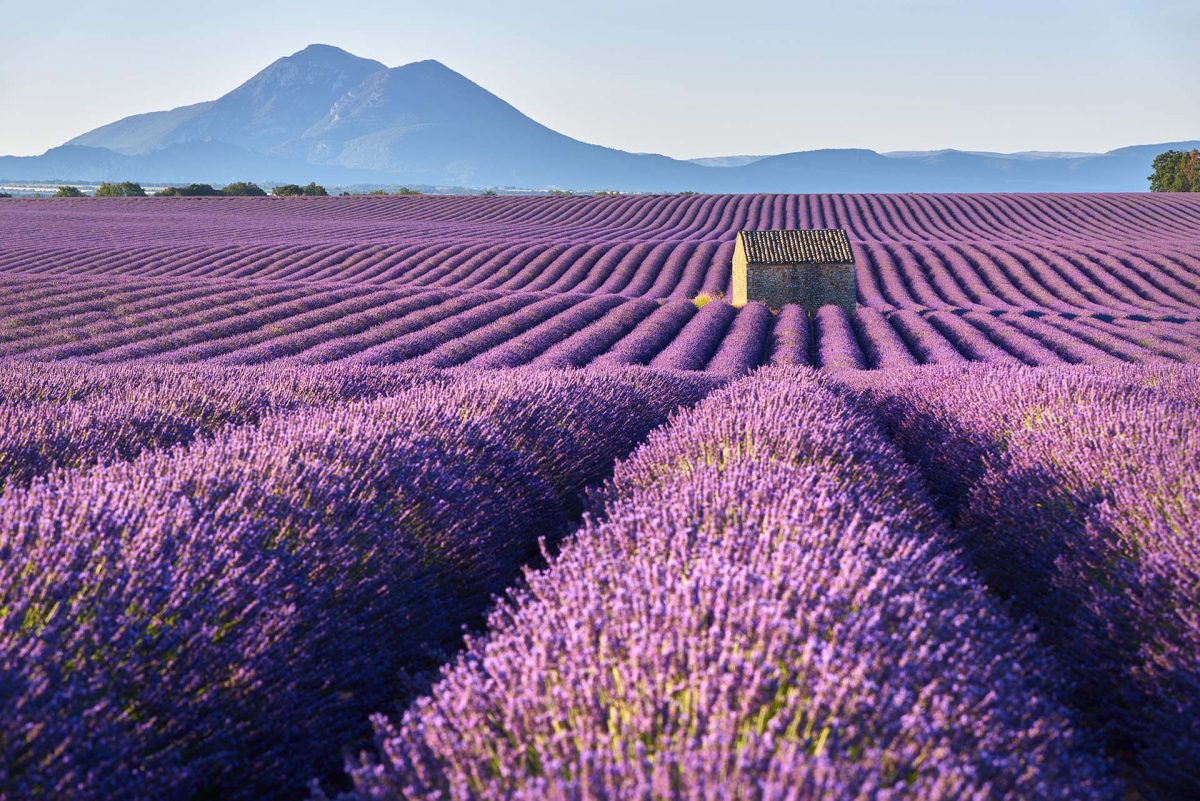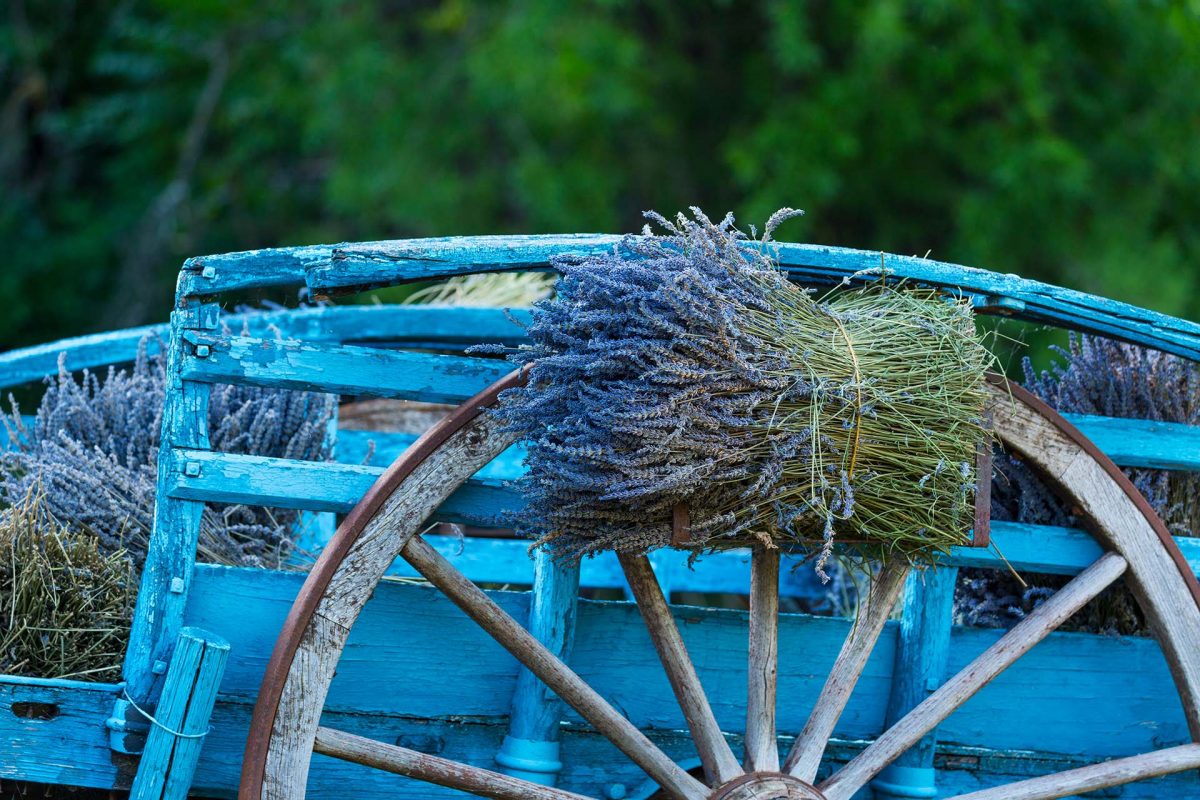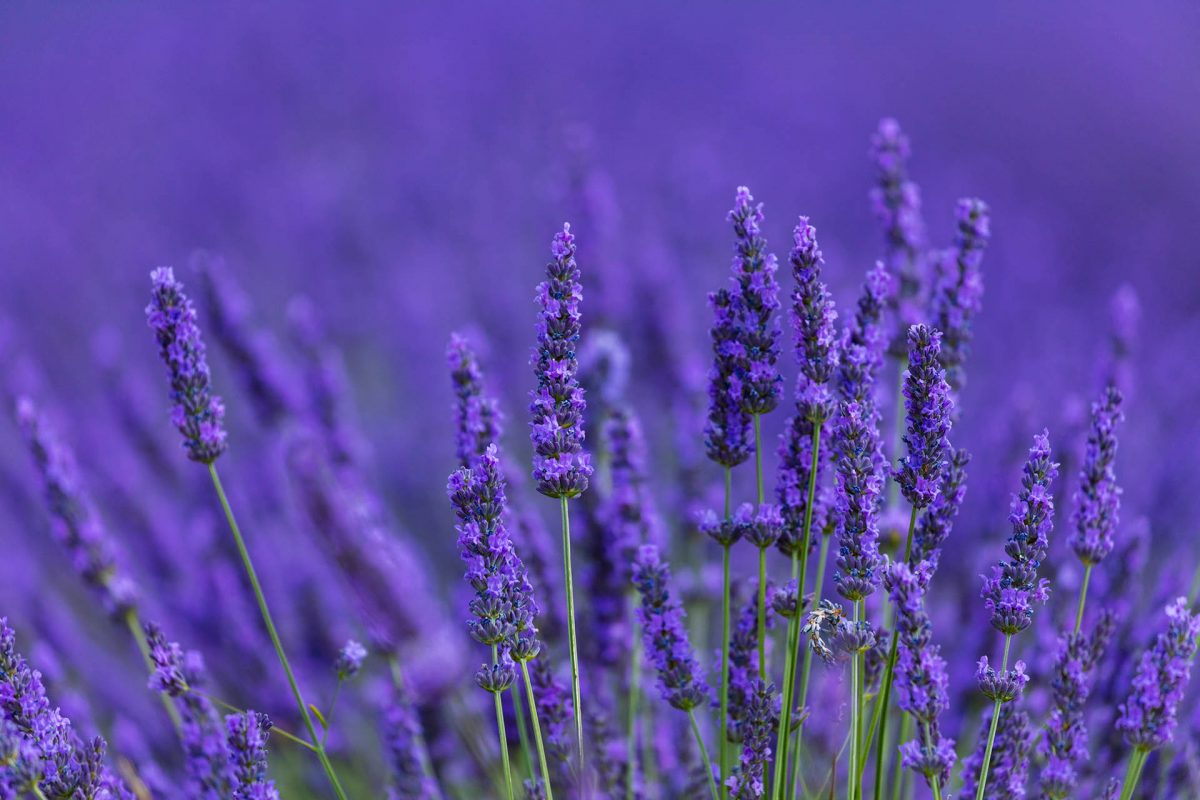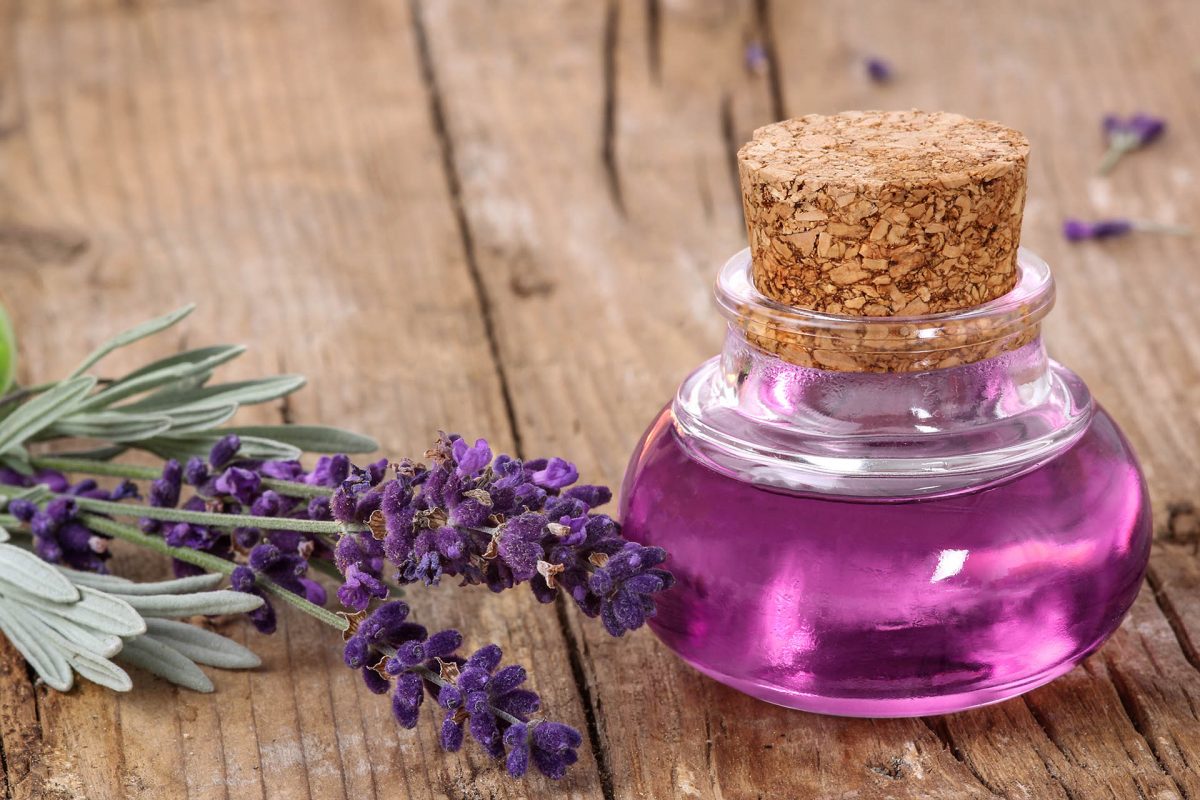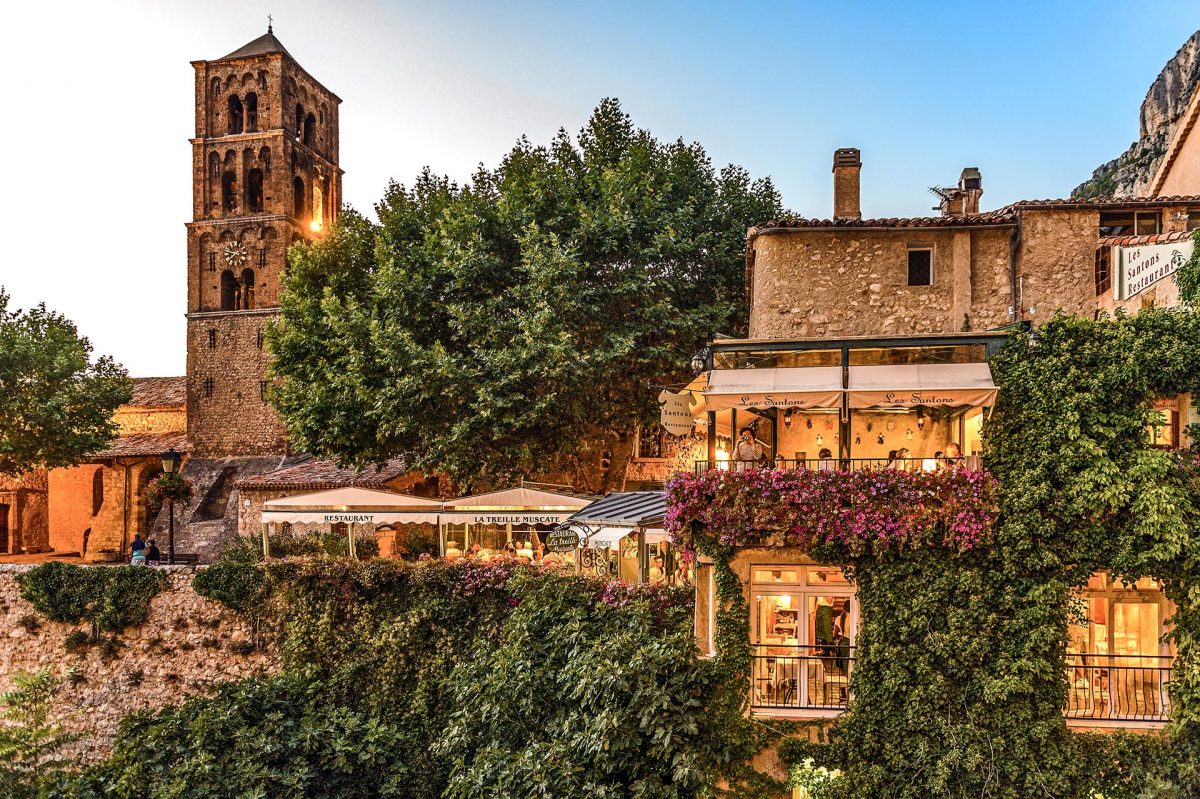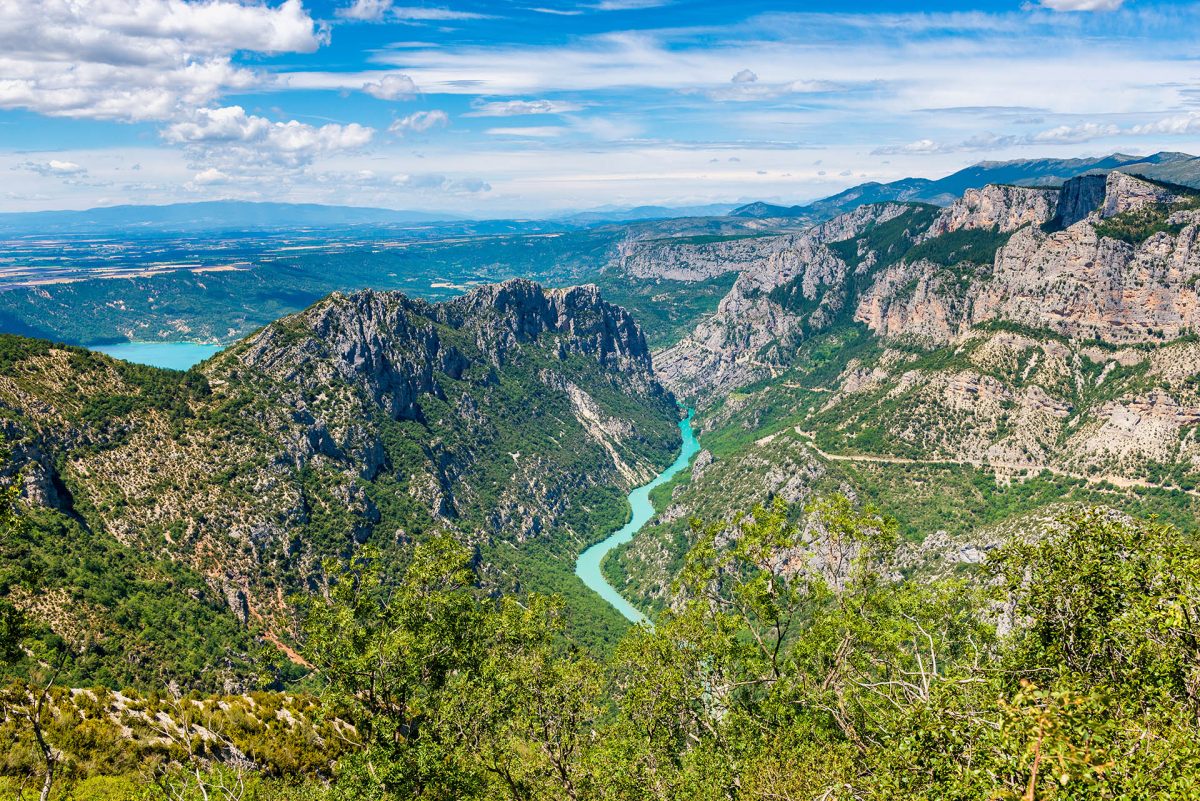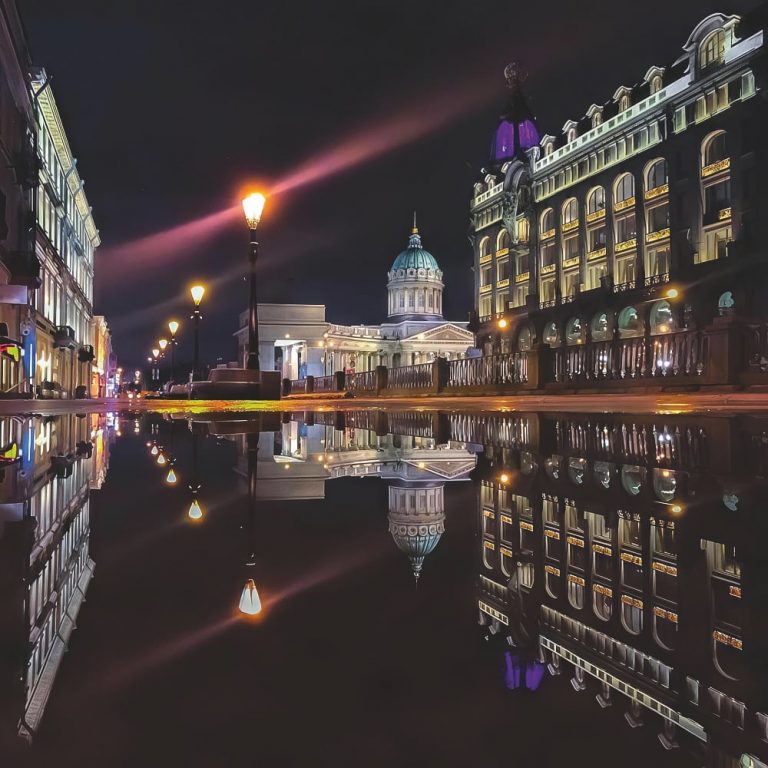Paul Cézanne, who sang of Provence, did not have a single painting of lavender in bloom, but his favourite mountain, Saint-Victoire, was often painted in the characteristic shade of purple, sometimes the sky, and even a self-portrait. “Lavender is the soul of Haute-Provence”, wrote Jean Giono, and it is difficult to argue with this: in the Valensole region lavender reigns over nature and people. Life revolves around this fragrant plant and the year is divided into two seasons, the “blue season” of blossom and the rest of the year.
Everyone who comes into contact with lavender falls in love with it. The purple, fragrant flower has captivated people for at least 5,000 years. Ancient Egyptians used its essential oil to make incense and it was included in blends for embalming rulers. In ancient Rome, lavender oil was a popular remedy for headaches, anxiety and, of course, insomnia. The noble ladies used to add it to their bath waters and perfume their linens with it. In the Roman province of Provence, lavender was a must-have. The monks used it extensively to make poultices and ointments. Lavender was added to fumigation mixtures during plague epidemics in Provence and was burnt in heaps in the streets in the belief that the aromatic smoke would clear the atmosphere of miasmas. Lavender was used at the court of Louis XIV in the 17th century to get rid of fleas and lice, and to disguise unpleasant body odours.
Plateau de Valensole
During lavender blooming, a trip around the Valensole is inevitably accompanied by an orchestra of crackling cicadas and buzzing insects. The characteristic chirping of the cicadas occurs when the male tries to attract a female by actuating special membranes.
The dwelling of Haute-Provence, the plateau de Valensole owes its name to the village of the same name that developed around the fortified castle of a local feudal lord in the ninth century. The plateau was once home to almond trees and truffle oaks, but since the 1920s, these have given way to cereals and lavender, which by then had learned not only to be grown in the highlands but also harvested using machinery.
Today, visitors come to see the lavender fields in bloom from mid-June to mid-July. The largest concentration of lavender fields here is between the villages of Moustiers, Puimoisson and the town of Manosque. As well as the fields themselves, travellers can discover small wineries, olive oil farms and tiny lavender weaving shops where they can learn to weave traditional lavender “cobs”, bunches of flowers arranged in coloured ribbons and strung together in a special way.
Lavender vs lavandin
To be fair, the luxuriant spheres of purple with their spikelets of tightly packed inflorescences are not actually lavender, but lavandin, a cross between narrow-leaved and broad-leaved lavender that was bred in the 1920s by local farmers. Unlike the narrow-leaved, or true lavender, lavandin is larger and can have several spikes with flowers on the stem.
The colour of the lavender fields is uniform, whereas the lavender fields fluctuate in a blue-purple range. Lavender only grows at altitudes of 800 m and higher, but lavandin can also be cultivated at lower altitudes. Moreover, it requires over 100kg of flower to produce one litre of essential oil of lavender, whereas lavandin oil only needs 40kg.
On the Plateau de Valensol both species occur, but lavandin, being less capricious and more yielding, is gradually replacing lavender. Despite the fact that lavender and lavandin are very similar in appearance, only the essence and essential oil of narrow-leaved, true lavender is valued among perfumers because it has a subtle and persistent scent. The more fragrant lavandin essential oil is used mainly to perfume soaps and detergents. In order to protect lavender producers, in 1981 lavender was given its own AOC designation in France – a designation controlled by origin, just like wine. The labelling “lavender essential oils from Haute-Provence” guarantees the origin of the lavender from one of the 284 Provence municipalities and the highest quality of essential oil. The lavandin, on the other hand, makes excellent honey and ice cream.
Alternative routes
30km east of Valensole, on a rocky terrace, lies the ancient town of Moustiers, listed in the prestigious “most beautiful villages in France” and the picturesque Verdon Gorge, the most scenic canyon in Provence and France.
For lovers of purple fields, there are special “lavender routes” all over Provence, with a total length of more than 1200km! In addition to Valensole, lavender is grown in Luberon, in the Drome Valley, in Dean and on the Plateau de Sault. On the latter, it blooms until the beginning of August!
Photo: shutterstock, perfectlyprovence.co

